Minimal test scenes contains compute shaders, compute buffers etc Playing with the transport between CPU <-> GPU
Unity version : 2022.2.4f1+, contains both BuiltinRP and Universal Render Pipeline (URP) scenes
See branches for older Unity versions
Tested with : Win DX11
| Scene | Image | Description |
|---|---|---|
| 🔷 01_Compute_Texture 🔷 | ||
01_1_Basic |
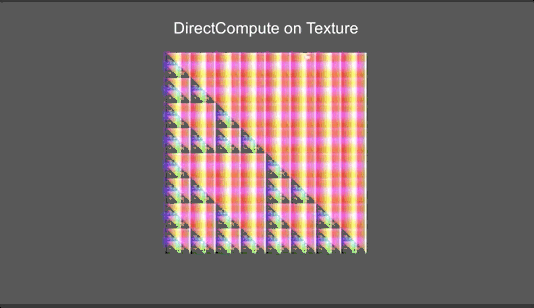 |
The most basic one, edit texture with compute shader, shader takes the texture for rendering |
01_2_FallingSand |
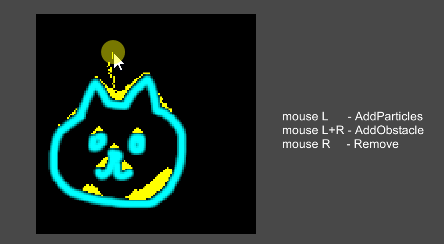 |
Example of using compute to animate texture pixels |
01_3_Fluid_2D |
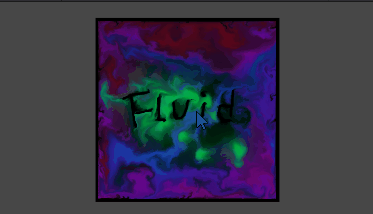 |
GPU Fluid. Ref to Scrawk/GPU-GEMS-2D-Fluid-Simulation |
01_4_Fluid_3D |
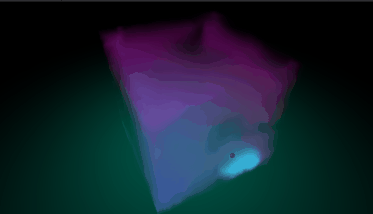 |
A 3D version based on above GPU Fluid |
| 🔷 02_StructuredBuffer 🔷 | ||
02_1_StructuredBufferNoCompute |
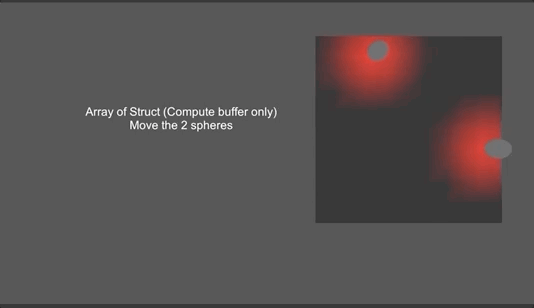 |
ComputeBuffer can also be used in Shader, not just ComputeShader. The folder contains implementation of unlit vert-frag, surface shader and unlit URP shader |
02_2_ComputePaintTexture |
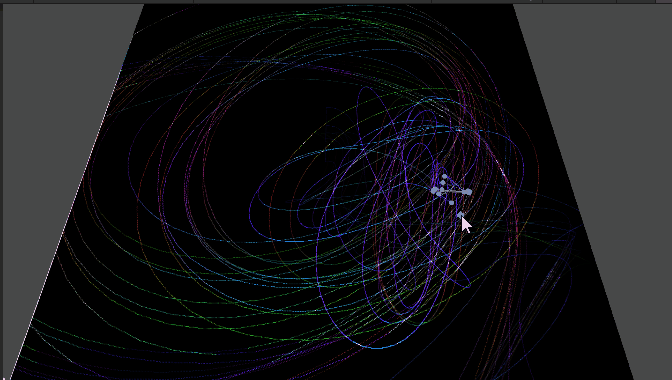 |
Paint the texture by sending object positions to compute shader with StructuredBuffer |
02_3_RotatingCircles |
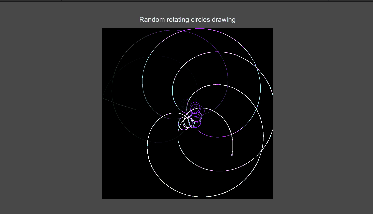 |
Similar to above, just another playground scene |
02_4_ComputePaintTexture_DFT |
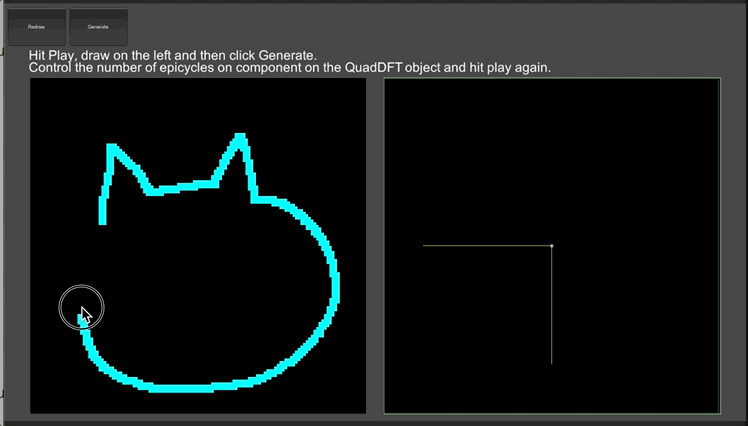 |
Similar to above but drawing with Epicycles using Discrete Fourier Transform. Ref to The Coding Train's youtube video |
02_5_ComputeParticlesDirect |
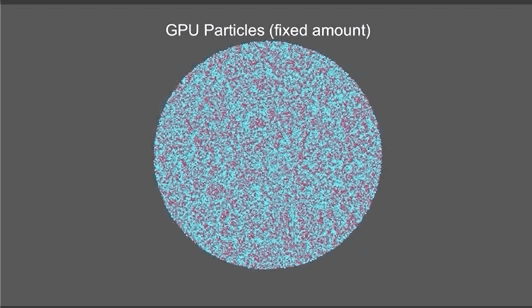 |
GPU Particle, drawing fixed no. of particles |
02_6_ComputeSketch |
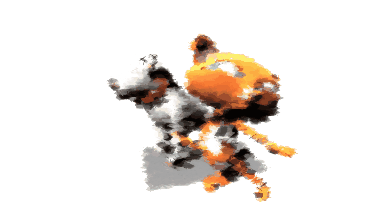 |
Draw quads on the screen with color filled by compute shader |
02_7_ShimmerSphere |
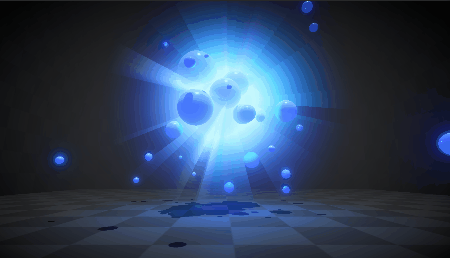 |
Pass spheres position and radius to quad material for a fake shimmer effect |
| 🔷 03_GPU_to_CPU 🔷 | ||
03_1_StructuredBufferWithCompute |
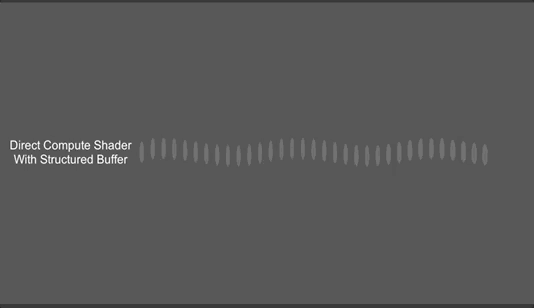 |
Another basic one, use compute to calculate some data and send back to CPU |
03_2_AsyncGPUReadback |
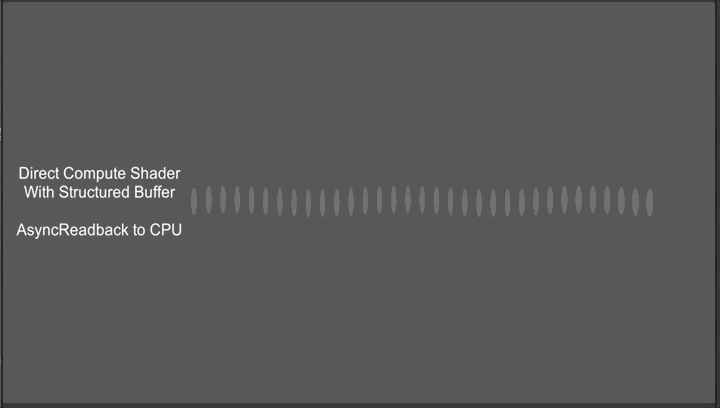 |
Similar to StructuredBufferWithCompute, but use AsyncGPUReadback to get array data back to CPU |
03_3_AsyncGPUReadbackTex |
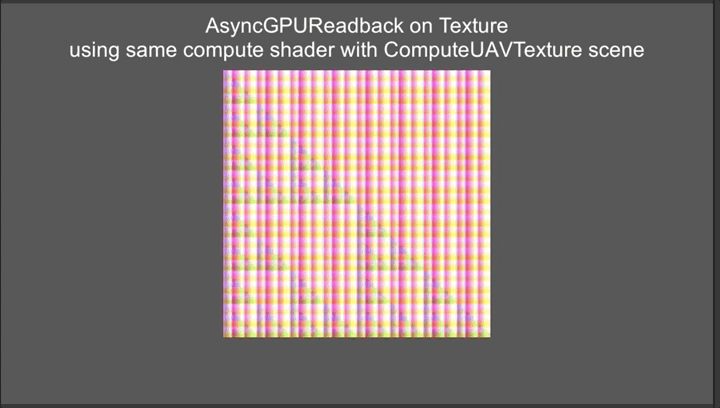 |
Result is same as ComputeUAVTexture, but this scene uses AsyncGPUReadback to get texture data back to CPU, and CPU send the texture data to Shader for rendering |
03_4_AsyncGPUReadbackMesh |
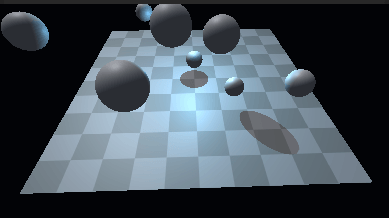 |
Update mesh vertices with compute + AsyncGPUReadback to get the vertex data back to CPU for physics |
03_5_AsyncGPUReadbackMesh_NewMeshAPI |
 |
Same as above but using the new Mesh API |
03_6_PixelPercentage |
Count the filled pixel percentage | |
03_7_ColorPalette |
Find the top colors and replace them | |
| 🔷 04_Indirect 🔷 | ||
04_1_IndirectCompute |
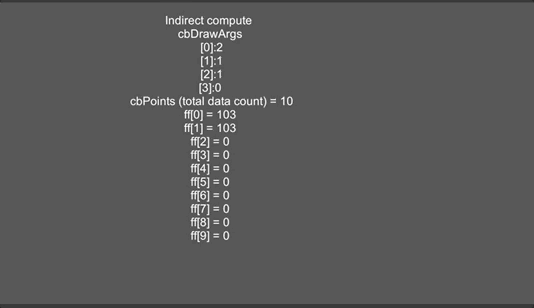 |
Simple indirect compute (indirect dispatch) and CopyCount |
04_2_ComputeParticlesIndirect |
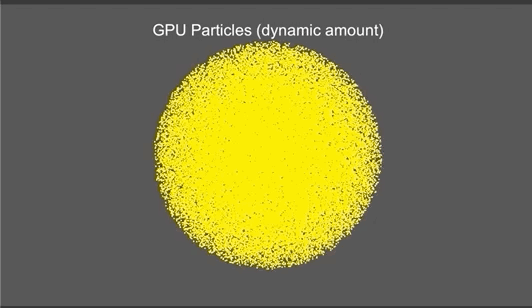 |
GPU Particle, drawing dynamic no. of particles, no need to read back to CPU! |
04_3_ComputeParticlesIndirect_VFX |
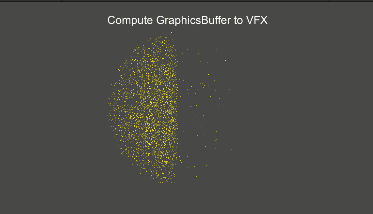 |
Implementation of above scene with VFX graph |
04_4_IndirectReflectedStar |
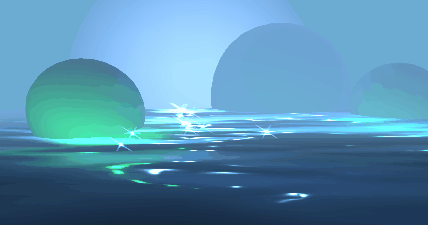 |
Draw stars on the screen only if the pixels are bright enough |
| 🔷 05_Shader_to_CPU 🔷 | ||
05_1_UAVInShader |
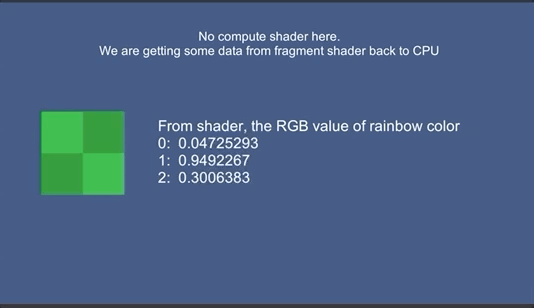 |
Read some data back to CPU from fragment shader |
05_2_ShaderBakeToTexture |
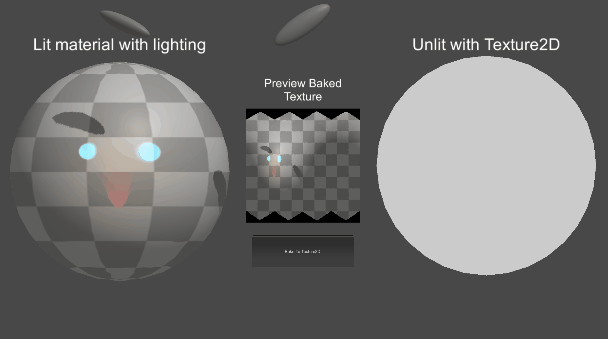 |
Bake shader pixel result to texture |
| 🔷 06_Compute_Mesh 🔷 | ||
06_1_ComputeVertex |
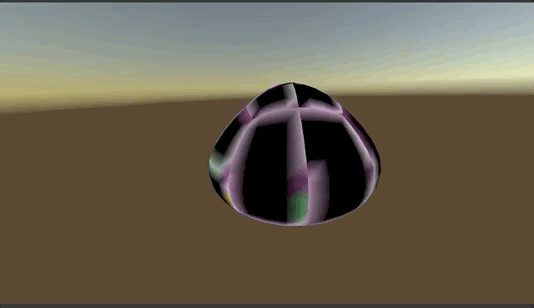 |
Replace vertex buffer with StructuredBuffer and drive vertex displacement by compute |
06_2_ComputeVertexLit |
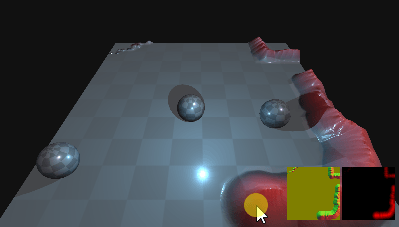 |
A usecase of above, with different shader passes share the same vertex data |
06_3_SkinnedMeshBuffer_SameMesh |
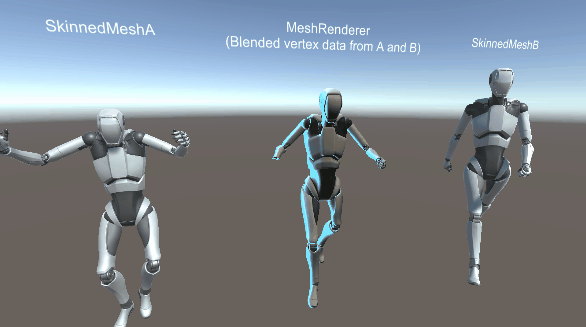 |
Blend the vertex data from 2 SkinnedMeshRenderer vertex buffer and render it with MeshRenderer |
06_4_SkinnedMeshBuffer_DiffMesh |
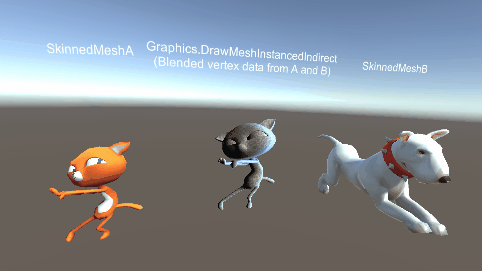 |
Similar to above but blending 2 different SkinnedMeshes. The blended triangles are drawn with DrawMeshInstancedIndirect() |
06_5_VFXGraphMeshDeform |
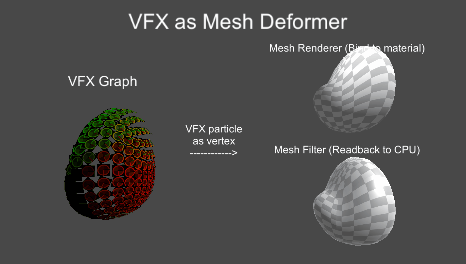 |
Using VFX Graph to deforming mesh (particle as vertex) |
Disclaimer: The stuff here might not be the best practice / optimized :'(. But at least they works. Play them for fun.